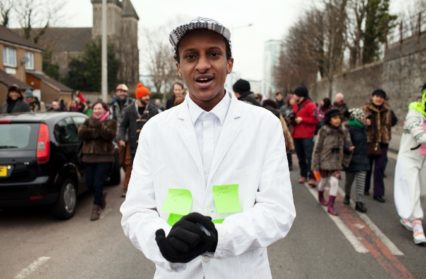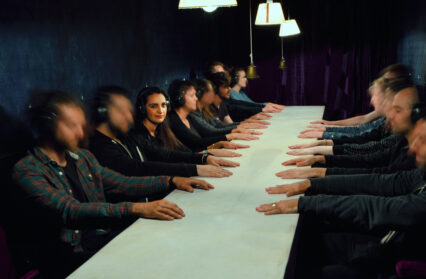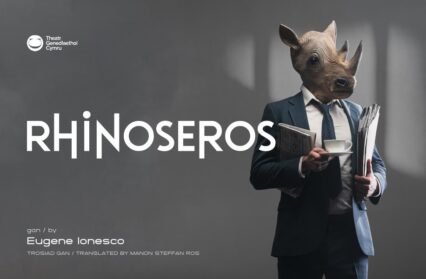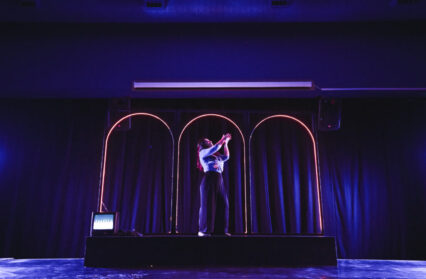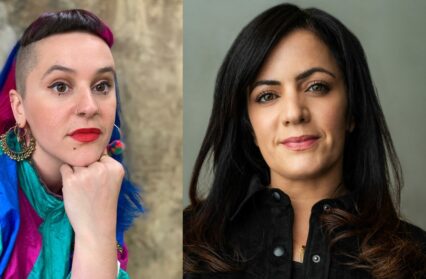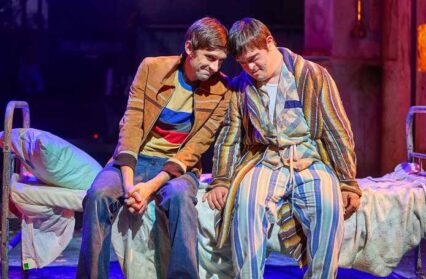Elin Williams casts a critical eye on National Theatre Wales’ site-specific project, De Gabay, which aimed to represent Somali culture in Butetown.
It’s not often that a company will dedicate a massive site-specific project to a culture that is not indigenous to the country in which the performance will be staged. National Theatre Wales did just this. They took the home of the largest British-born Somali population, Butetown, and created a production which has seen no less than two years of development. There were countless workshops and events in the run up to the end result, yet when the end came, it was completely underwhelming.
To rely on the fact that a production is exciting simply because it is site-specific and participatory is dangerous; a project like this demands even more work than that of a two hour piece set on a stage in the theatre. The incentive is always to engage the audience constantly, but this is what De Gabay failed to do. The day, which began at 10.30am and ended at 7.30pm, was a lengthy amble through Butetown, punctuated by long periods of time where the audience were urged to ‘get something warm.’ These breaks ensured a disjointed feel to the whole production; there was no smooth movement from one event to the other, no glue holding the whole thing together as a piece. The sections of spectacle the audience did see were by no means bad. The actors performed perfectly, but these performances were not enough to salvage the production.
The day began with visits to either community centres or private houses. It seems people’s experiences differed; many were fortunate enough to have unique insights into the everyday lives of Somalis living in Butetown. Whilst the house visits had the potential to provide the audience with the insight into a culture of which many of us are arguably uneducated and unaware, it also ran the risk of being slightly less educational. We were taken to a house where the inhabitants, although extremely hospitable and kind, were unsure of what they were meant to be telling their guests, and so everybody just resorted to chit-chat for an awkward half an hour.
Then there were the parades. Expecting a huge influx of floats, flags and other parade materials, the emergence of a single camel was perhaps a bit anti-climactic. There were various ‘check points’ for our Somali passports. This was a nice touch, and the check points were visually attractive. Similarly the Somali style market where food was handed out as we were ushered through the tent was very effective. It was just a shame that this was not continued throughout the production. During this promenade-of-sorts, there was no active attempt to convey the history of Butetown or indeed of the Somali immigration. Perhaps something digital would have been useful at this point, something to help educate the audience.
The two audience groups were then united for a performance outside the coal exchange. This seemed to be the most rehearsed part of the production. There was an obvious theme of identity politics, with the original immigrants talking to their children, warning them to not forget who they were or where they came from. There seemed to be a conflict between trying to remain true to their own cultural identities whilst also being able to successfully integrate themselves into Wales. This was by far De Gabay’s most interesting insight into the world of Butetown and to the difficulties modern Somalis face. It was just short-lived.
The finale took place at the Senedd. The audience were greeted by Maryan Mursal singing to a small crowd. As time went on, there was a feeling of concern whether anything else was actually going to happen. Eventually, after everyone had been ushered through the metal detectors, three Somali politicians took their stand. There then ensued a debate between the politicians and several plants in the audience. The Somalis challenged the politicians, demanding answers and expressing their feelings of segregation from the other inhabitants of Tiger Bay. The Somalis encouraged the audience to ‘walk out’ in protest with them, but it was difficult to do so being motivated by a sense of empathy. There had been no build up; no mention of the prejudices Somalis faced until the scene at the Senedd, and by then, frankly it was too late.
Although perhaps this was merely the party at the end of an incredible project within the Somali community in Butetown, not enough was done to communicate this, to educate the audience of either the project itself, or of the history and difficulties of the Somali people. De Gabay contained a crucial lack of personal experiences, and one could leave after an entire day not really having learnt anything about a different culture. The feeling of complete alienation could perhaps be seen as the possible creation of the general feeling of immigrants in a foreign country, but to be honest, it just seemed down to bad planning.
Elin Williams has contributed regularly to Wales Arts Review.
For more Wales Arts Review coverage of National Theatre Wales, including news, reviews, and interviews, click here.


